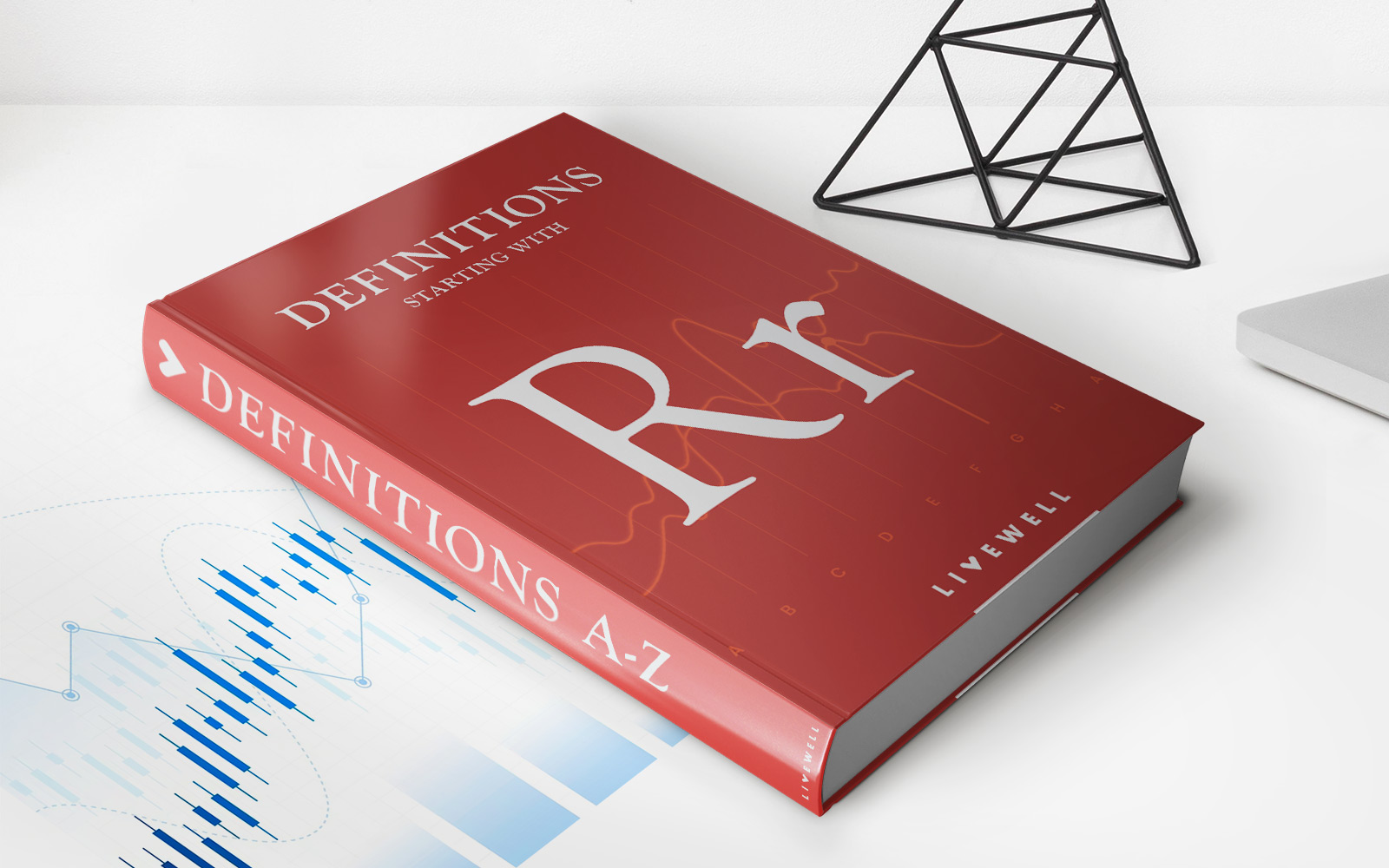Home>Finance>Reciprocal Insurance Exchange: Definition, How It Works, Example


Finance
Reciprocal Insurance Exchange: Definition, How It Works, Example
Published: January 16, 2024
Discover the definition and workings of a reciprocal insurance exchange in the world of finance, along with a practical example to understand its significance.
(Many of the links in this article redirect to a specific reviewed product. Your purchase of these products through affiliate links helps to generate commission for LiveWell, at no extra cost. Learn more)
Reciprocal Insurance Exchange: Definition, How It Works, Example
In the world of insurance, there are many different types of coverage options available to individuals and businesses. One lesser-known type of insurance organization is a reciprocal insurance exchange. But what exactly is a reciprocal insurance exchange and how does it work? In this blog post, we will provide an in-depth definition of a reciprocal insurance exchange, explain how it works, and provide an example to help illustrate its functionality.
Key Takeaways:
- A reciprocal insurance exchange is an insurer that is owned by its policyholders, who both provide coverage and benefit from the organization.
- Policyholders in a reciprocal insurance exchange essentially share the risks and rewards of the insurance company.
Definition of Reciprocal Insurance Exchange
A reciprocal insurance exchange is a unique type of insurance organization that is owned and operated by its policyholders. Unlike traditional insurance companies that are often owned by shareholders, a reciprocal insurance exchange is owned by its policyholders themselves. These policyholders, also known as subscribers, collectively pool their resources to provide insurance coverage to each other.
Reciprocal insurance exchange, insurance organization, policyholders, subscribers
How Does a Reciprocal Insurance Exchange Work?
Now that we understand the basic definition of a reciprocal insurance exchange, let’s delve into how it actually works. In a reciprocal insurance exchange, policyholders mutually agree to insure each other’s risks. This means that when a policyholder pays their premium, the funds go into a common pool that is used to pay claims when a member suffers a loss.
This unique structure allows policyholders to benefit directly from the success of the reciprocal insurance exchange. If the organization is profitable, the policyholders may receive dividends or premium refunds. Similarly, if the exchange incurs losses or claims exceed the pool of funds, policyholders may be required to contribute additional funds to cover the expenses.
Another important aspect of a reciprocal insurance exchange is that the policyholders have a voice in the operation of the organization. They typically elect a board of directors who make key decisions regarding the management of the exchange. This gives policyholders a level of control and transparency that is not often found in traditional insurance companies.
In summary, a reciprocal insurance exchange operates on the principle of reciprocity, where policyholders collectively share the risks and rewards of the organization. This unique structure often fosters a sense of community and cooperation among policyholders.
Example of a Reciprocal Insurance Exchange
To better understand how a reciprocal insurance exchange functions in practice, let’s consider an example. Imagine a group of healthcare professionals, such as doctors, coming together to form a reciprocal insurance exchange that provides medical malpractice insurance coverage to its members. Each doctor subscribes to the exchange, paying their premium into the common pool.
When a member of the exchange faces a malpractice claim, the funds from the pool are used to pay for legal expenses and any settlements or judgments. If the exchange operates profitably, the doctors may receive premium refunds at the end of the year. However, if the claims exceed the available funds, the doctors may be required to contribute additional funds to cover the expenses.
This example illustrates how a reciprocal insurance exchange can provide a cost-effective and community-focused alternative to traditional insurance companies. It allows professionals in high-risk industries to share the risks associated with their profession and benefit directly from the success of the exchange.
In Conclusion
Reciprocal insurance exchanges offer a unique and collaborative approach to insurance coverage. By collectively pooling resources, policyholders in reciprocal insurance exchanges share both the risks and rewards of the organization. This structure promotes a sense of community and provides policyholders with greater control over their insurance coverage. Whether you’re a healthcare professional, business owner, or individual seeking coverage, exploring the option of a reciprocal insurance exchange could be a wise decision. By understanding their definition, how they work, and examining real-life examples, you can make an informed decision about the best insurance option for your needs.














